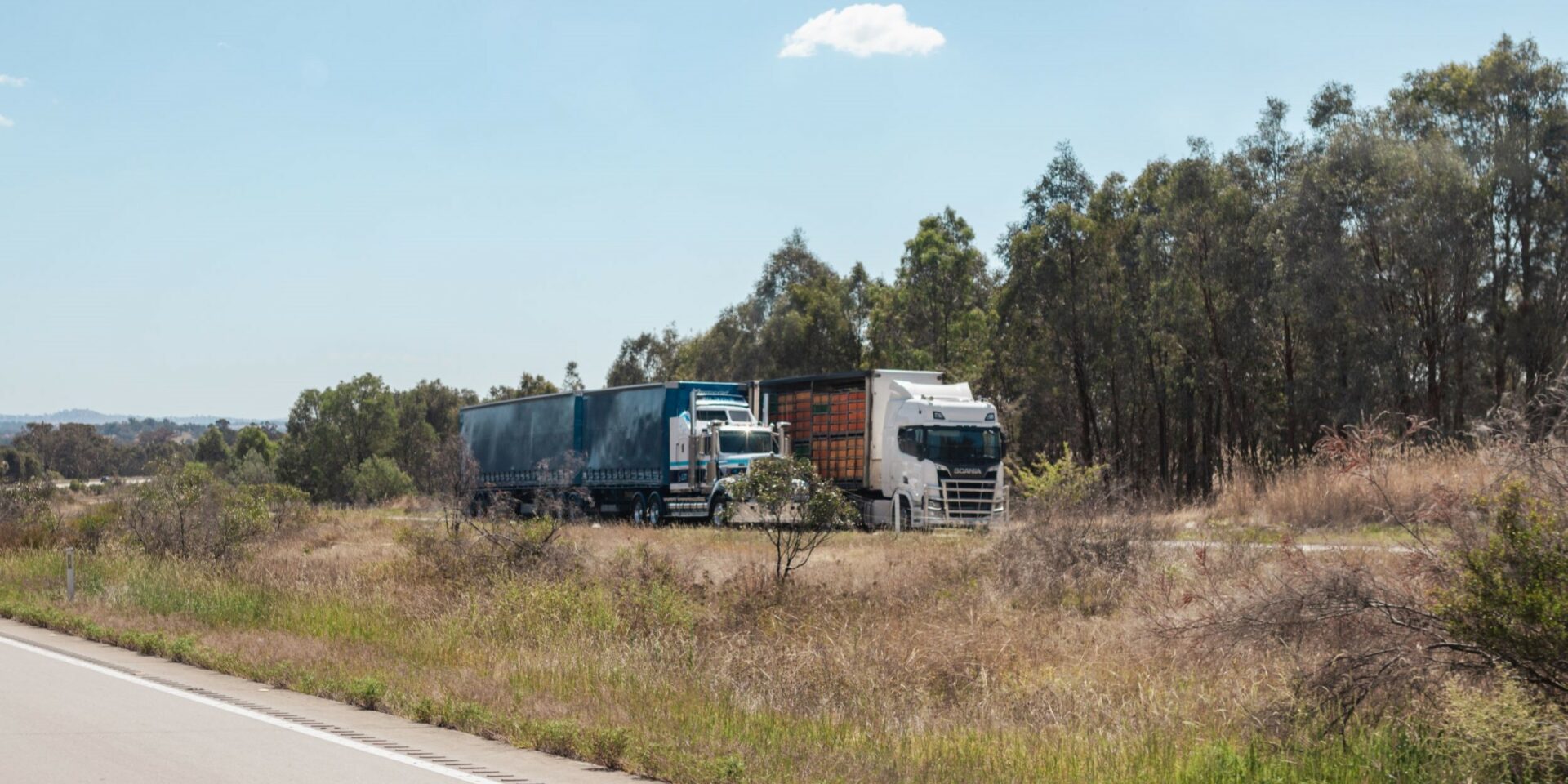
What is ‘Kerb Weight’?
Kerb weight refers to the total weight of a vehicle when it is fully equipped with all necessary fluids and a standard set of equipment, but without any passengers or cargo. This weight includes the vehicle’s body, chassis, engine, fluids like oil and coolant, and a full fuel tank.
GVM (Gross Vehicle Mass)
What is GVM?
GVM (also known as GVW – Gross Vehicle Weight) refers to the maximum allowable total weight of a vehicle when fully loaded, including the vehicle’s own weight, passengers, cargo, fuel and any additional accessories or equipment. Examples of cargo include pallets, dangerous goods and bulky items.
How do you calculate GVM?
To calculate Gross Vehicle Mass (GVM), add the kerb weight of the vehicle to the Payload Capacity, which is the maximum weight it can carry including passengers and cargo. The sum of these two values gives you the GVM. In most cases, you’ll also find the GVM on the weight placard, usually found in the driver’s door opening, or in the owner’s manual.
Formula: GVM = Kerb Weight + Maximum Payload.
Understanding GVM Road Restrictions
As an example, if your Gross Vehicle Mass (GVM) is 6000 kg and the road has a GVM limit of 5000 kg, you would not be allowed to drive on that road, regardless of your current total weight. Even if your current weight would be below the road’s limit (e.g. 4500kg), the GVM of your vehicle exceeds the road’s specified limit. Therefore, you would need to find an alternative route with a higher GVM limit or reduce the weight of your vehicle to meet the road’s requirements.
GCM (Gross Combination Mass)
What is GCM?
GCM refers to the total weight a vehicle and its trailer can have, including what each can carry.
How do you calculate GCM?
Calculating the Gross Combination Mass (GCM) involves adding the Gross Vehicle Mass (GVM) of the truck to the Gross Trailer Mass (GTM) of the trailer being towed.
Before calculating the GCM, it’s important to understand that the GTM refers to the maximum weight the trailer can carry. Once you know the GTM and the GVM, you can calculate the GCM by using the following formula:
Formula: GCM = GVM of the truck + GTM of the trailer
For example, if a truck has a GVM of 5000kg and it’s towing a trailer with a GTM of 3000kg, the GCM would be 8000kg. This is the maximum allowable weight for both the truck and the trailer combined.
GTM (Gross Trailer Mass)
What is GTM?
Gross Trailer Mass (GTM) refers to the maximum permissible weight of a fully loaded trailer. This includes the weight of the trailer itself along with any cargo or equipment it is designed to carry.
How do you calculate GTM?
To calculate the GTM, you will need to add the empty trailer weight (i.e. just the trailer – no added cargo) and the maximum payload together. The GTM is also shown on the trailer itself or in the owner’s manual.
Formula: GTM = Trailer Weight + Maximum Payload.
What is Payload?
Payload is the total maximum weight the truck can carry, excluding its own weight (which includes body, chassis and equipment).
Calculating the payload of a truck is quite straightforward. To figure it out, you need to know two things: the GVM and the kerb weight.
To get the payload, you simply subtract the kerb weight from the GVM. The result tells you how much weight you can add to the truck without going over its GVM limit.
Formula: Payload = GVM − kerb weight.
How Are Trucks Weighed?
Weighbridges are typically found at truck stops or weigh stations, and some companies have their own. The truck is simply driven onto the scale and the weight is measured.
Axle weigh pads are portable devices used to measure the weight carried by individual axles of the truck. These pads are typically placed on the ground and are equipped with sensors that can determine the load applied by each wheel or axle as a vehicle passes over them.
In summary:
-
- a weigh bridge captures the entire vehicle’s weight.
- axle weigh pads are used when information about the weight distribution across individual axles is required.
Proper weighing allows for an accurate assessment of the weight of the empty or loaded vehicle, preventing overloading and ensuring a balanced distribution of weight. Driving an overloaded truck is extremely dangerous and can result in hefty fines, so if in doubt, weigh your truck.
